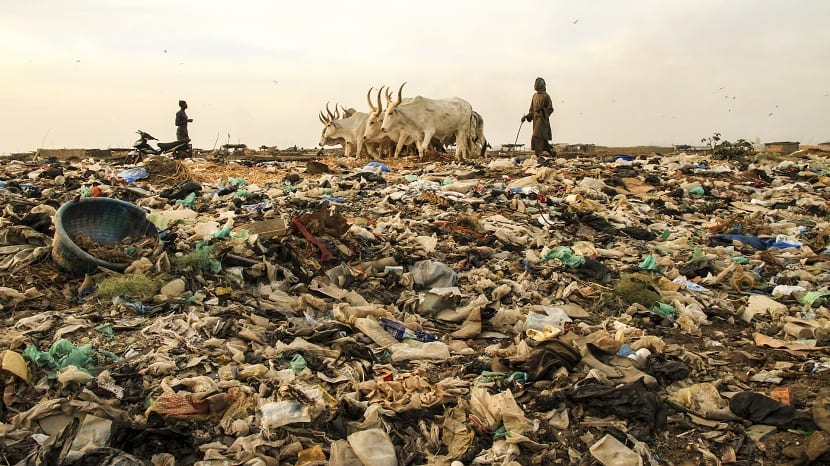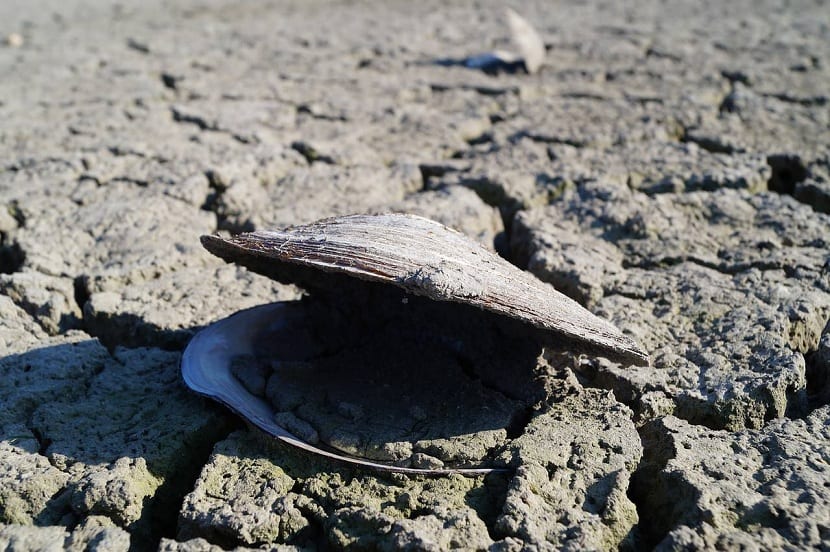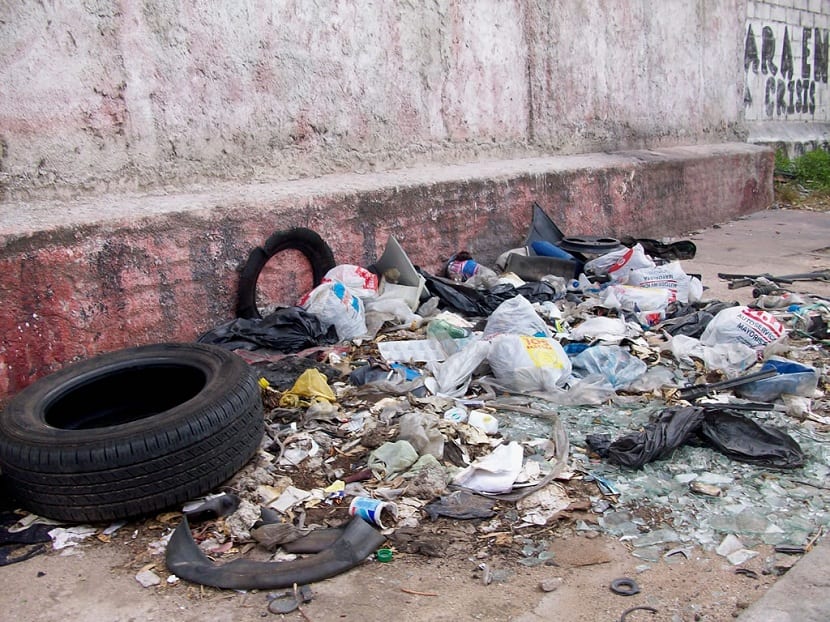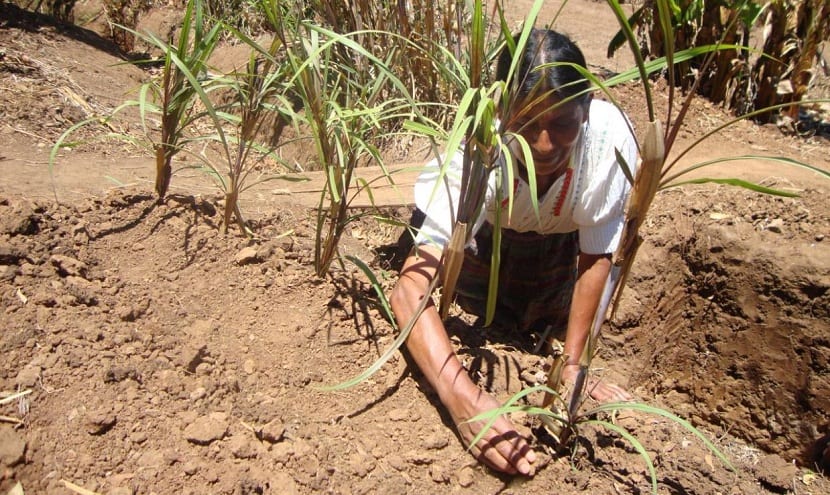
One of the main problems of environmental pollution is the soil contamination. It is about the alteration of the earth's surface with the discharge or emission of chemical substances that are harmful to any living being. This alteration of the soil also affects its quality and nutrients, making it unusable for agriculture and food production.
In this article we are going to analyze the main factors of soil pollution and what consequences it has for human health and the environment.
What is soil pollution

When human activities generate certain emissions or spills with chemical substances, they can contaminate the soil. These substances alter the composition and structure of the soil. What this does is that the land loses nutrients and the ability to be fertile. The living beings that inhabit the interior of the layer of earth are affected and all the vegetation that grow on it. These circumstances can cause real disasters in ecosystems that are habitats of many species.
There are different types of soil contamination depending on its origin:
Natural pollution
The soil can also be contaminated naturally when certain phenomena occur that drag and filter natural chemical elements into the earth. This delegation of chemicals to the soil by nature results in a concentration of these chemicals that is too high for the soil to remain fertile.
Some examples of natural pollution are volcanic eruptions, fires, and acid rains that emit concentrations of harmful gases into the atmosphere. When precipitation takes place, the toxic gases precipitate with the water droplets and end up filtering the soil. These toxins cause the loss of fertility and quality of the soil.
Human contamination
It is logical to think that human beings are the main cause of soil contamination. With human activities we also introduce polluting agents of chemical origin into nature. For example, every time we use our vehicle we are polluting the atmosphere. As we mentioned earlier, these gases precipitate together with the water droplets, causing greenhouse gases such as carbon dioxide to leak into the soil.
In turn, the agricultural exploitation also generates discharges of certain nitrogenous pollutants that are used as fertilizer for the growth of crops. These nitrogen fertilizers They not only affect the soil and its composition, but also contaminate surface and groundwater. We also have to add to these pollutants the pesticides, herbicides, hydrocarbon solvents that are commonly used and that negatively affect the entire environment.
When the soil is contaminated in an ecosystem, it is usually the trigger for the rest of the problems that generate an ecological imbalance between species interactions. A clear example of this is a forest with contaminated soil from which plants cannot feed or develop and, therefore, affects the nutrition of the entire food chain, starting with herbivores.
Soil contamination by infiltration
When we pollute the water by the use of different chemical substances, an infiltration process occurs between the land and the water. All the contamination that the water carries remains in the soil during the filtration process.
Those of human beings also dump large amounts of waste of all kinds, be it from home, work, health, industry, etc. That go directly to the ground in a specific place. It is then when the degradation process of these residues occurs due to exposure to the environment and its consequent leaching. The lixiviated is nothing more than chemicals mixed with the water and that seep into the soil. To this must be added the pollution that occurs due to runoff due to the dragging of pollutants from the land when there is abundant rainfall.
There are several types of runoff, the surface runoff being the best known, which is capable of carrying contaminants such as fertilizers, oil, pesticides, herbicides, etc. Both rainwater and snowmelt can contaminate the ground.
Causes of soil contamination

The contact between the contaminated area and that of the air is not always direct. Therefore, the main source of soil contamination occurs when toxic substances are buried. These toxic substances are filtered and end up contaminating the groundwater that we use to irrigate, drink and end up harming humans through the food chain. This is because we eat any kind of bird or fish that are contaminated.
Another reason why the soil can be contaminated is the incorrect storage of waste. There are numerous points of illegal intentional dumping where large amounts of garbage accumulate on the surface or even buried. This accumulation of waste can end up giving some leaks both due to breakdowns and poor infrastructure and cause damage to the structure and composition of the soil.
There are some more sources of contamination but they are less frequent such as radioactive leaks, mining and heavy metals that come out of the tailpipe of road traffic.
Consequences of soil contamination
The first immediate consequence is the loss of the quality of the land. This loss of quality supposes a devaluation to the point of not being able to be used to build, cultivate or to have a healthy ecosystem where they can house all kinds of animal and plant species. These consequences are often suffered in a silent way, causing countless species to continually spread and reduce their populations. When pollution is very abrupt, it is when environmental catastrophes are caused for many victims. For example, the radioactive leak that occurred in the Fukushima accident It has polluted the land in such a way that agriculture, livestock and fishing have been seriously affected.
On the other hand, we have a deterioration of the landscape due to an impoverishment of the capacity to sustain life in all aspects.
I hope that with this information you can learn more about soil contamination, its causes and consequences.
